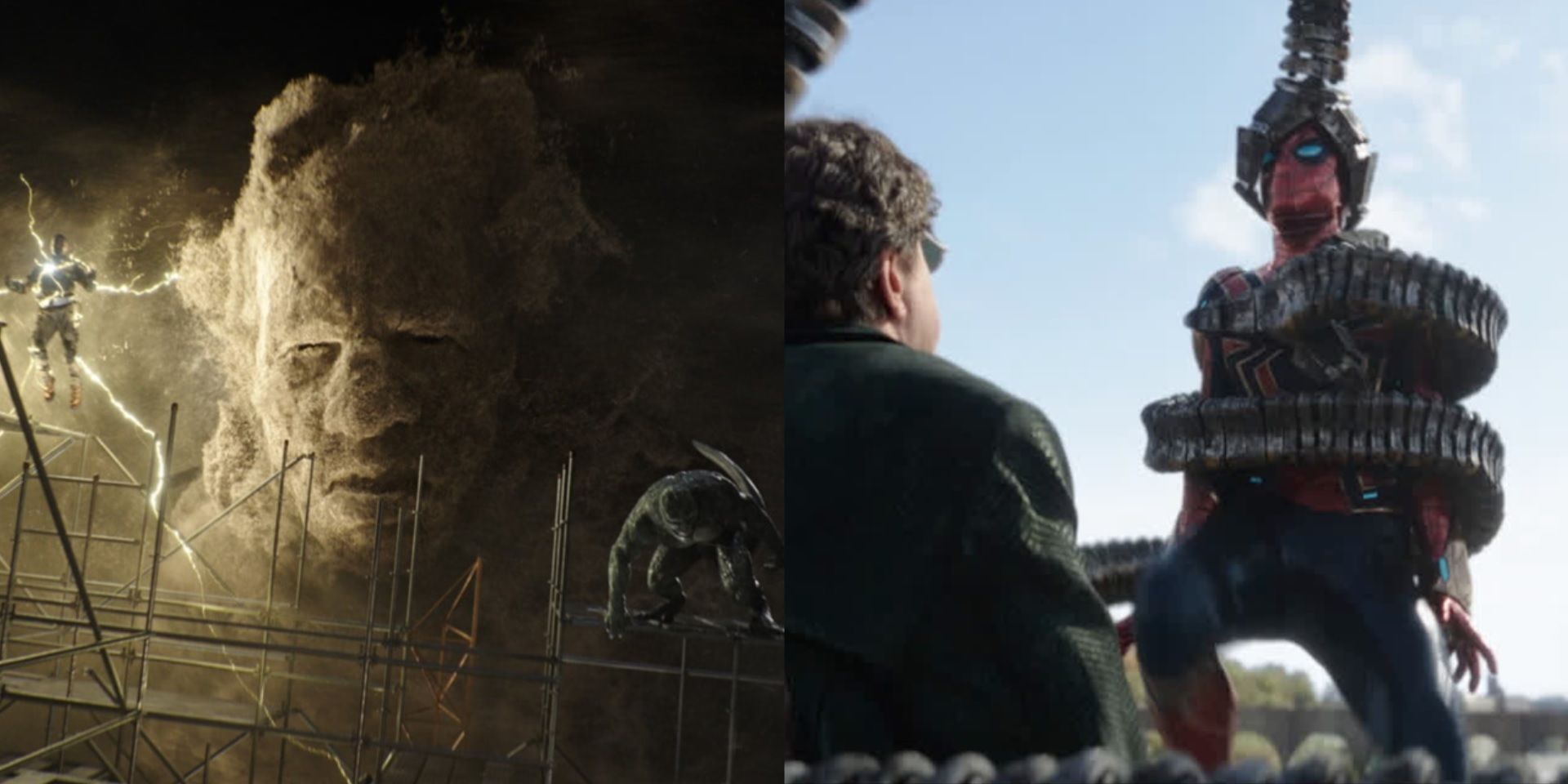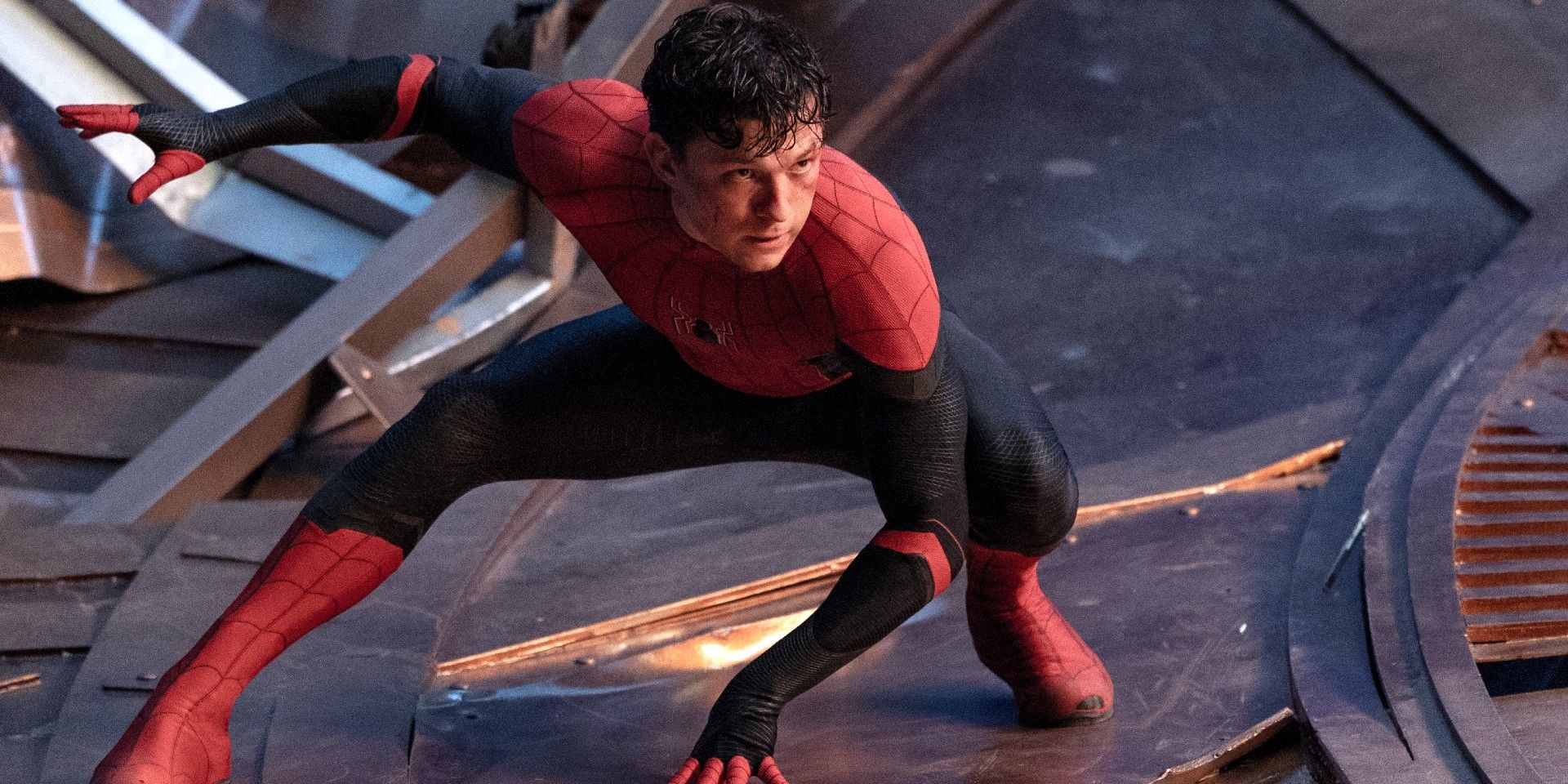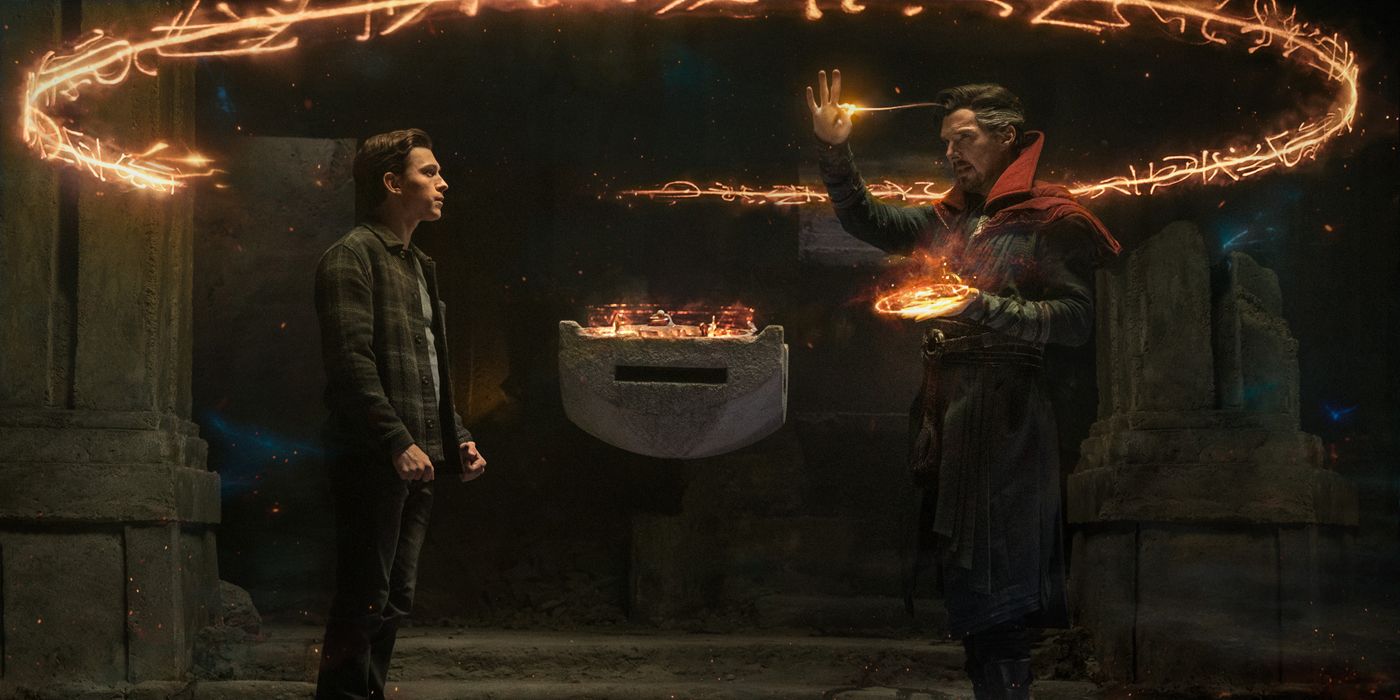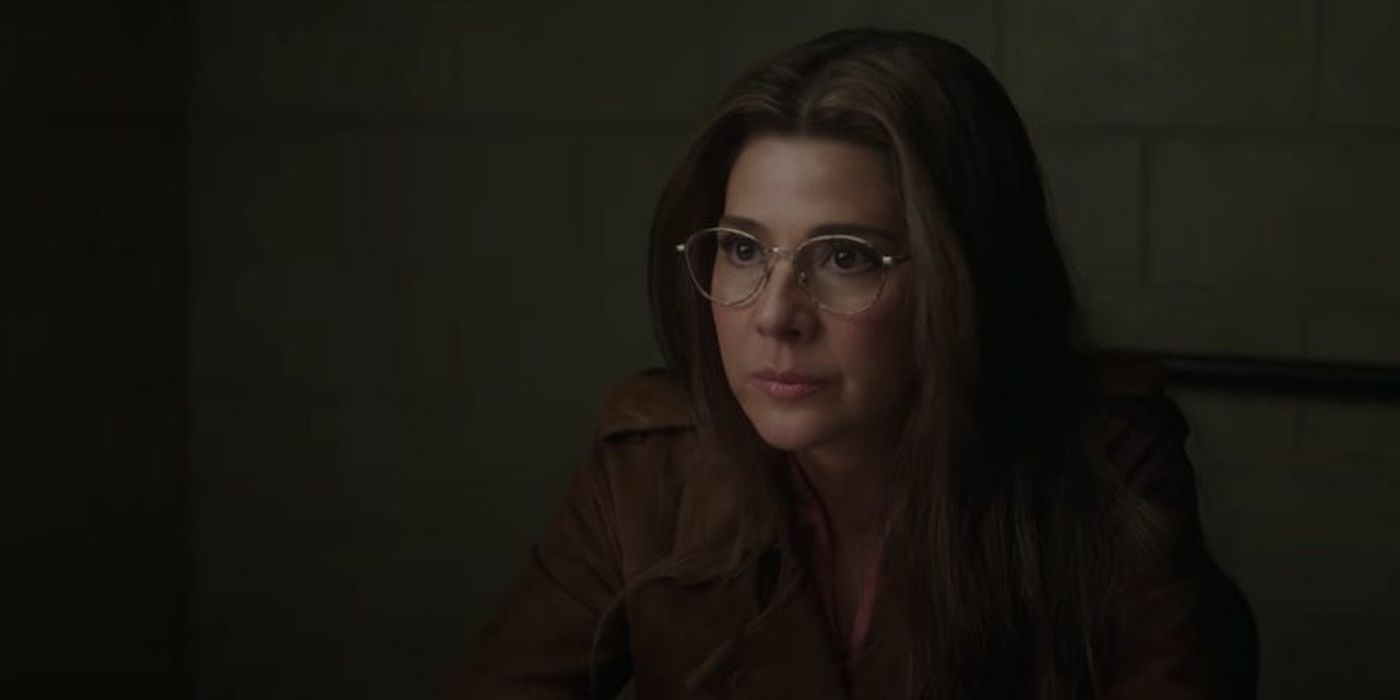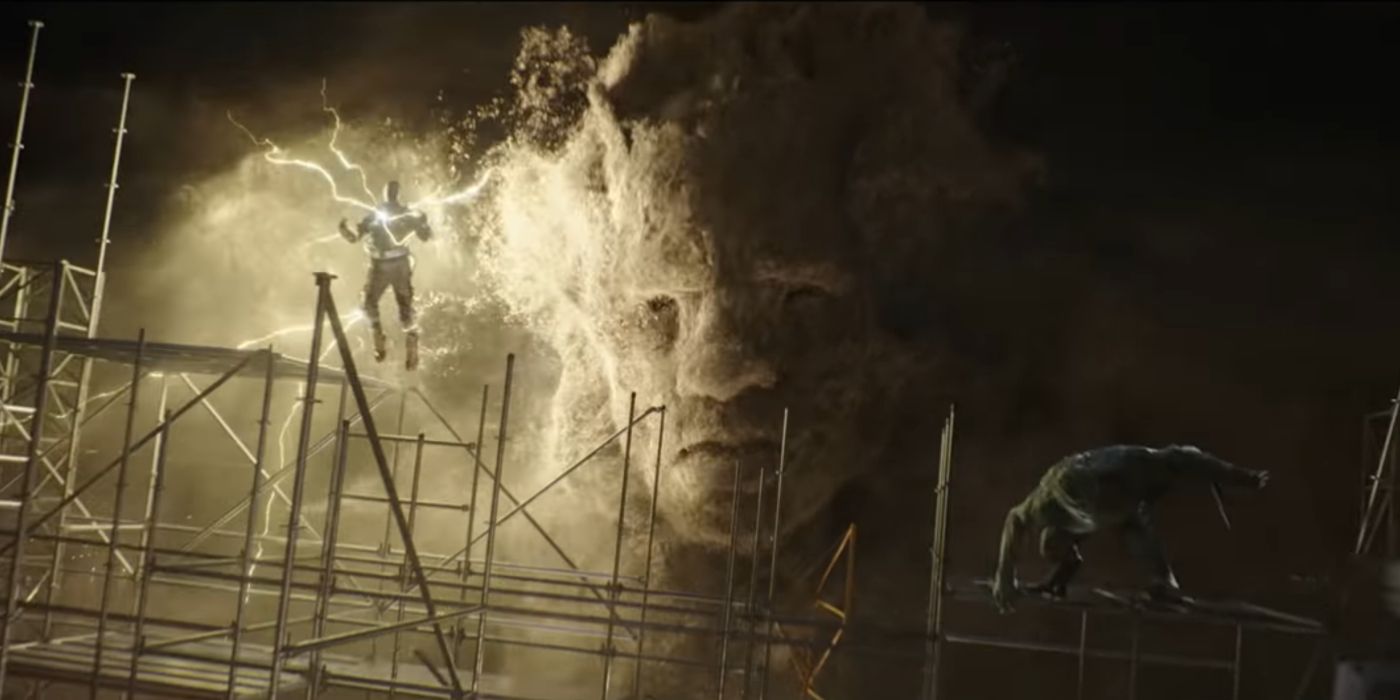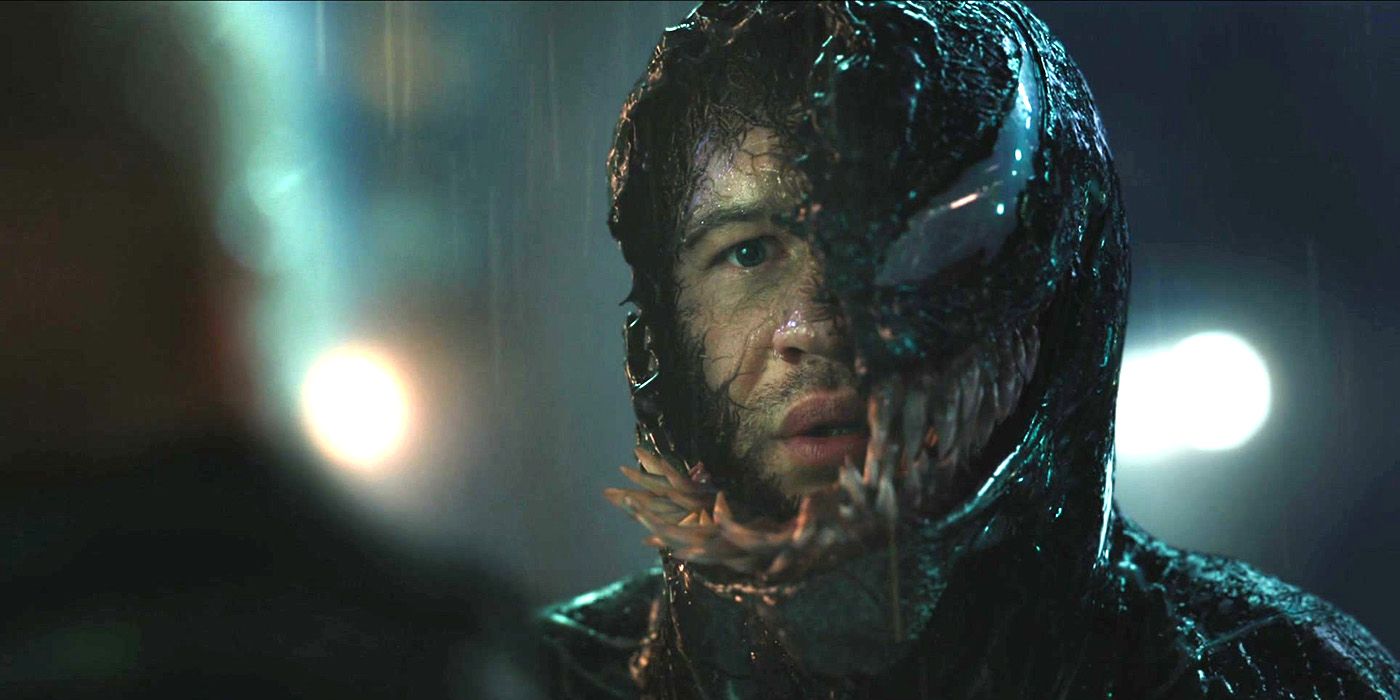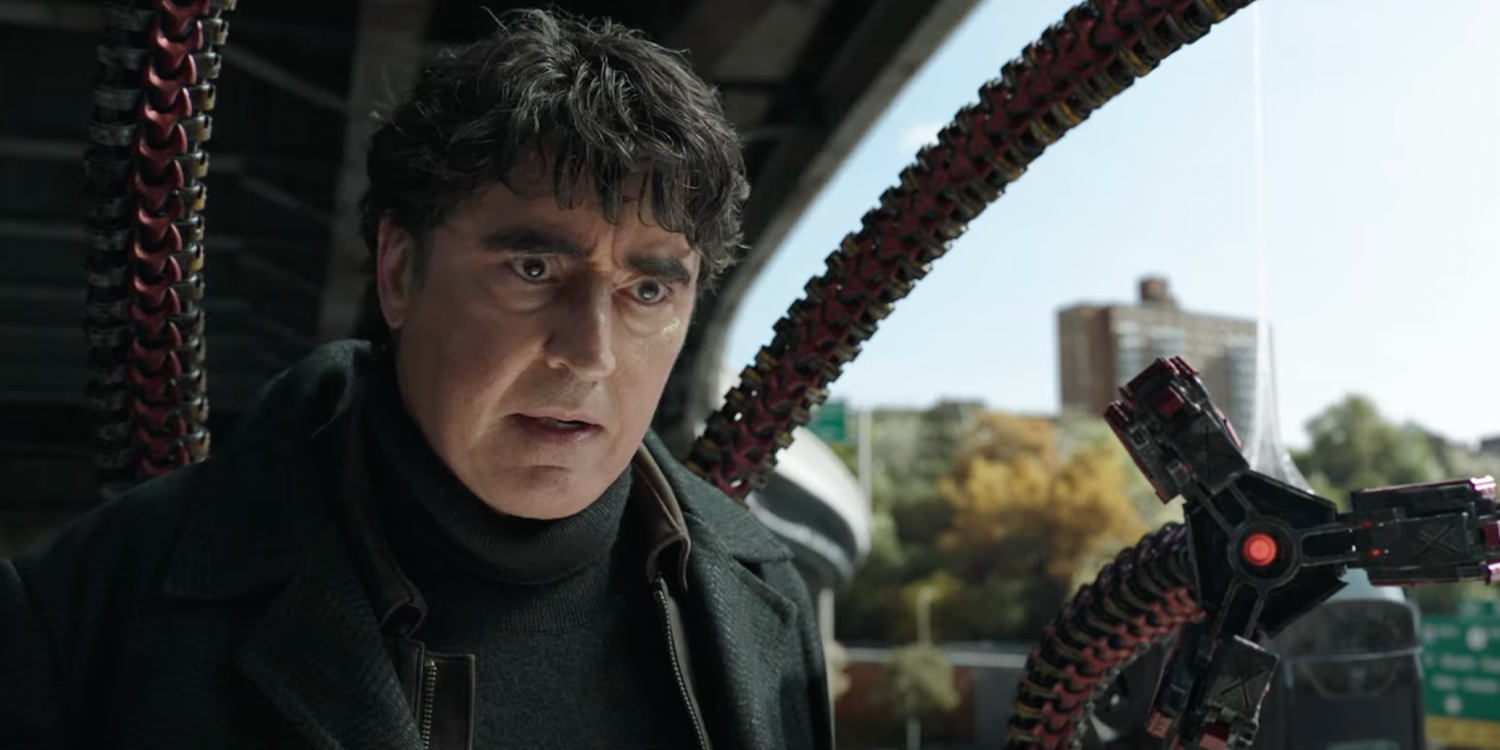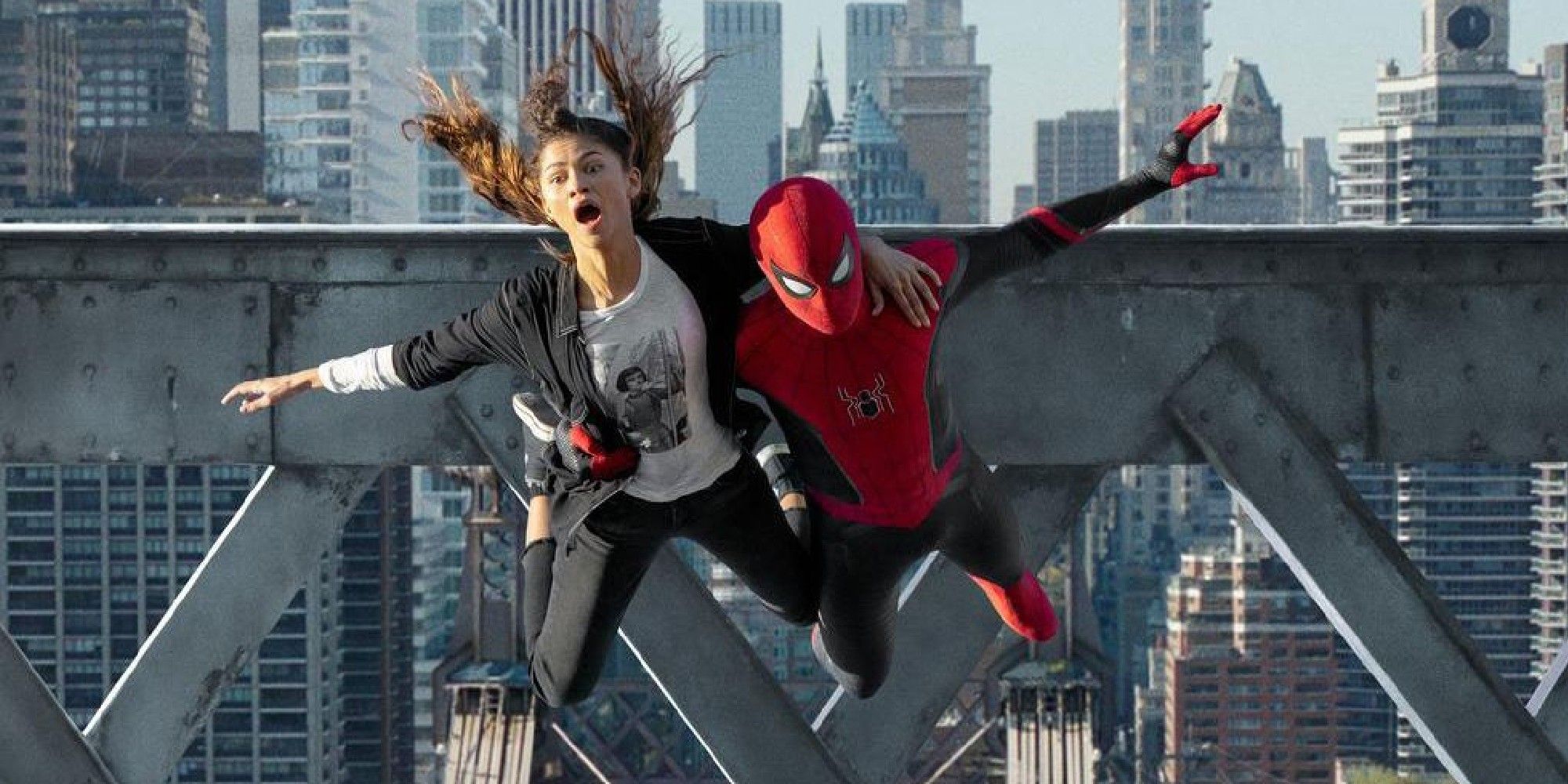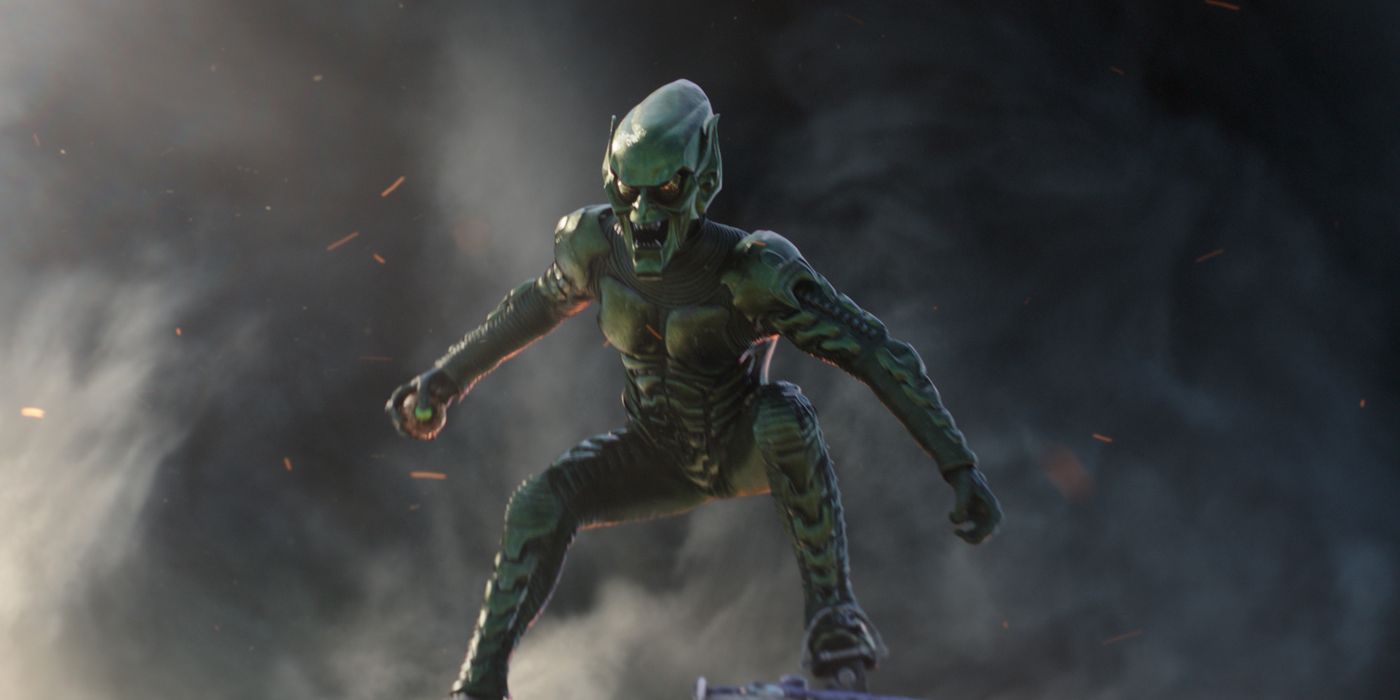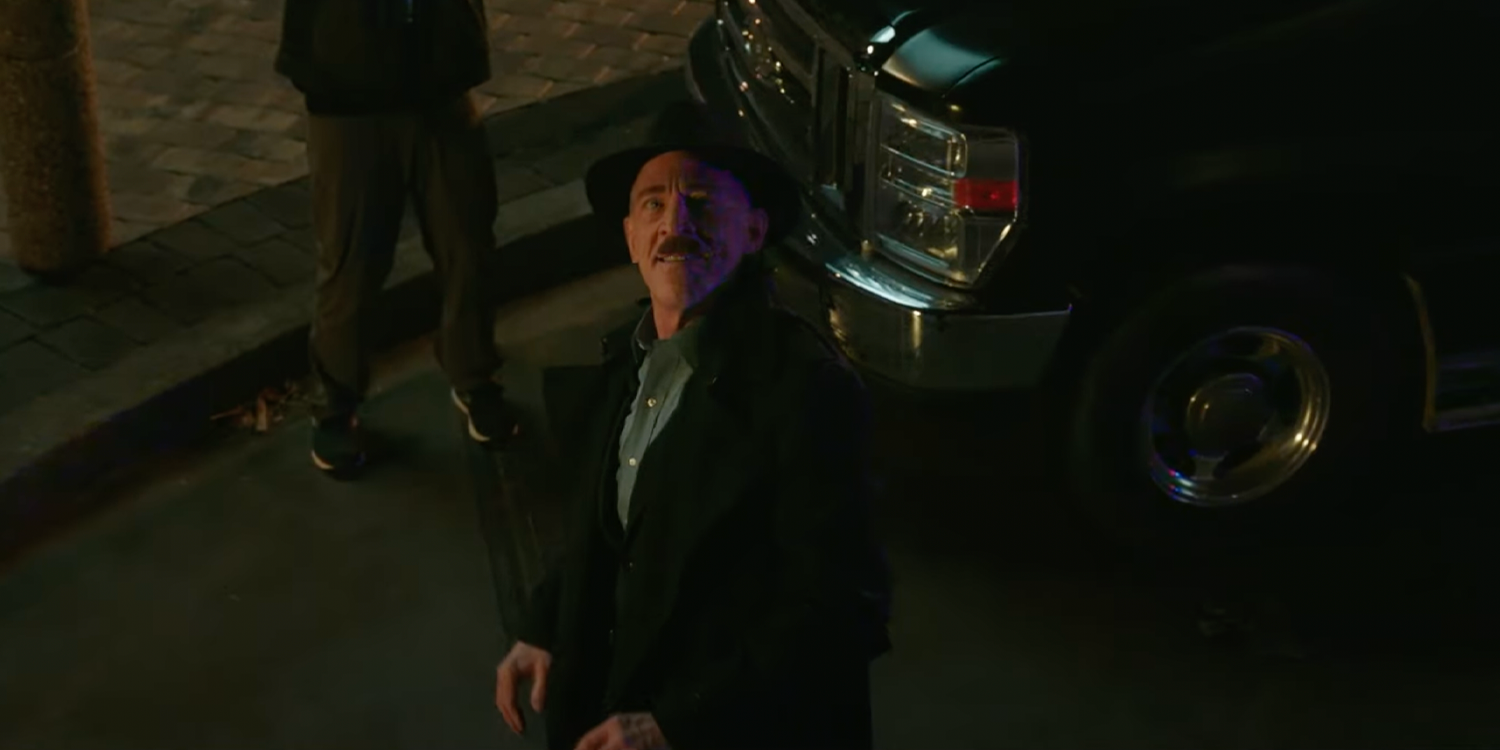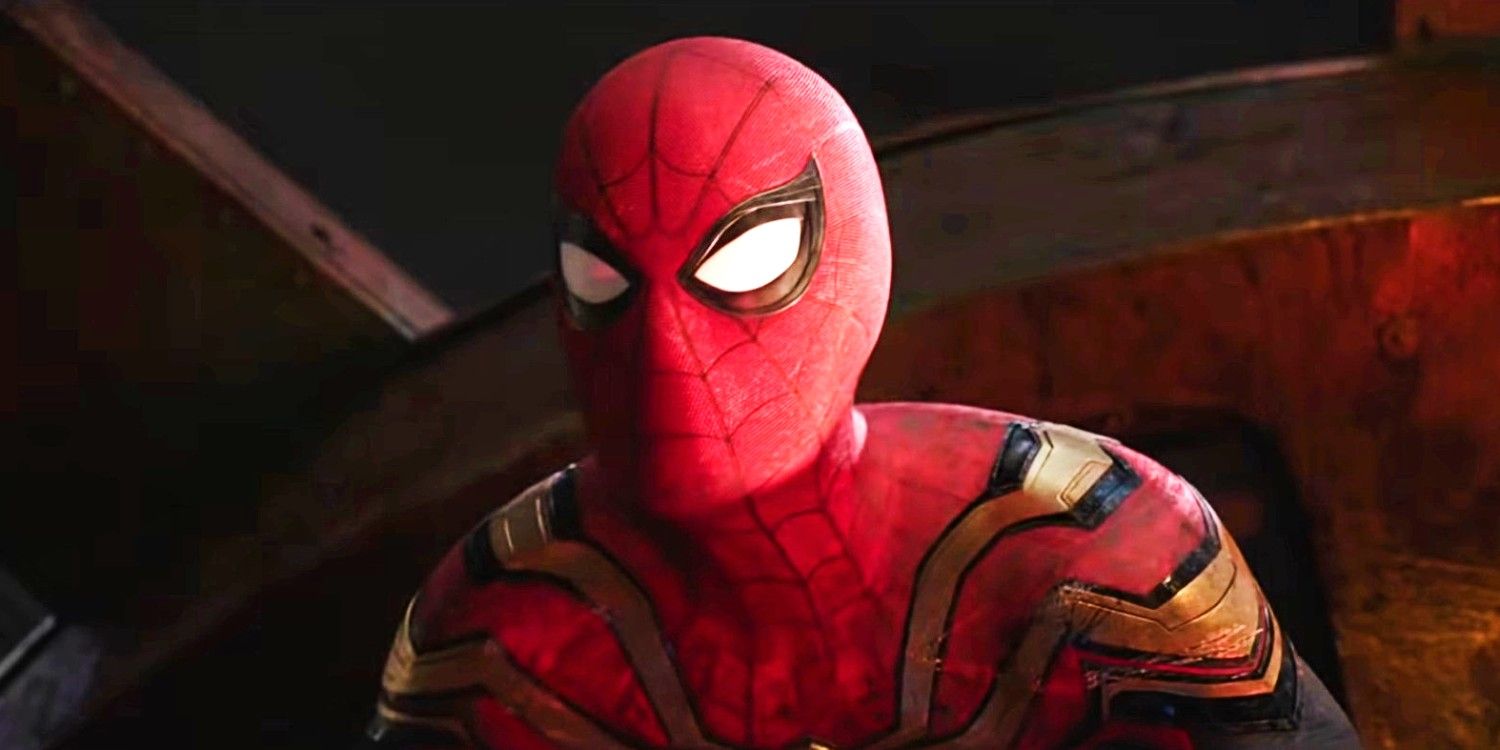Warning: This article contains spoilers for Spider-Man: No Way Home.
One of the most common criticisms of the Marvel Cinematic Universe is that most of its movies follow the same familiar formula. Every Marvel film is formulaic to a certain extent, but the MCU’s best entries also surprise fans with a few unexpected subversions. The MCU’s movies all need to deliver the goods as comic book actioners (one of the reasons why Eternals’ reviews were so mixed), but the director needs to go above and beyond with something that makes their movie unique amongst cookie-cutter films like Iron Man 2 and Thor: The Dark World.
Jon Watts did just that with Spider-Man: No Way Home, both a satisfying culmination of Tom Holland’s on-screen journey as Peter Parker and a new benchmark for ambitious superhero epics. Parts of the Spidey threequel adhere to the MCU’s established house style, but parts of it break away from that tried-and-true formula.
Sticks To The Formula
Three Acts
While there are a few exceptions, like the five-act The Girl with the Dragon Tattoo and the seven-act Raiders of the Lost Ark, three-act story structures are the most common way that Hollywood blockbusters tell their stories. Three acts fit neatly into a two-hour runtime and give audiences all the rising action and emotional closure they pay to see. Almost every MCU movie can be boiled down to a classic three-act structure – including Spider-Man: No Way Home.
The writers use a traditional three-act structure to ground No Way Home’s meta crossover experiment. There’s a clear inciting incident (Spidey cracks open the multiverse by interfering with one of Doctor Strange’s spells), a midpoint that raises the stakes (with the emergence of the Goblin, the death of Aunt May, and the arrival of the other Spider-Men), and an action-packed climactic final act filled with earned payoffs.
An Avengers Team-Up
The shared continuity of the MCU allows for franchise crossovers and Kevin Feige has never missed an opportunity for an Avengers team-up. Black Widow fought alongside Cap in The Winter Soldier, Wong had a fun cameo appearance in Shang-Chi and the Legend of the Ten Rings, and Ragnarok made a surprisingly hilarious comedy team out of Thor and the Hulk.
One of Sony’s conditions for lending out the Spider-Man character to Marvel Studios was the inclusion of an Avengers-based sidekick for Peter. Homecoming had Iron Man, Far From Home had Nick Fury (or so it seemed), and No Way Home had Doctor Strange.
The Hero Is Motivated By The Death Of A Mentor
Since Ben Kenobi’s heartbreaking death in 1977’s Star Wars, it’s been common for blockbuster heroes to be motivated by the death of a mentor. This plot turn has been emulated in a bunch of Marvel movies: Tony Stark is motivated by Yinsen’s death, Steve Rogers is motivated by Dr. Erskine’s death, Stephen Strange is motivated by the Ancient One’s death – the list goes on.
In No Way Home, Peter is inspired to face up to his responsibilities and do whatever it takes to give the villains a second chance when Aunt May – the mother figure who raised him, played spectacularly by Marisa Tomei – dies in his arms and tells him, “With great power, there must also come great responsibility.”
The Final Battle
Almost every MCU movie culminates in a large-scale battle sequence. There are some subversive ones – like the brutal, intimate fight between Iron Man, Captain America, and the Winter Soldier or Doctor Strange creating a time loop specifically to avoid a large-scale battle – but most Marvel blockbusters end in a big battle between the heroes and villains.
In No Way Home, this battle takes place at the Statue of Liberty, where the three Peter Parkers plan to inject the villains with homemade cures that will reverse their origin stories and turn them back into good people.
Credits Scenes
Ever since Nick Fury welcomed Tony Stark into “a bigger universe” in the middle of Iron Man’s end credits, the MCU has been largely defined by its penchant for credits scenes teasing future Marvel projects. Since then, these credits scenes have ranged from the introduction of Harry Styles as Thanos’ brother to Steve Rogers informing viewers who just sat through 10 minutes of scrolling words about the virtues of patience.
In keeping with Marvel’s classic tradition, No Way Home’s end credits treated viewers to two additional sequences: Venom’s brief stint in the MCU, catching up on the events of the Infinity Saga, and a tantalizing trailer for Doctor Strange in the Multiverse of Madness.
Deviates From The Formula
Multiversal Madness
The most obvious way that No Way Home subverts the usual Marvel formula is the inclusion of alternate Spider-Men from previous franchises. While the return of familiar villains like Alfred Molina’s Doc Ock and Jamie Foxx’s Electro had already been confirmed, Sony and Marvel remained tight-lipped about the return of other Peter Parkers until the movie actually hit theaters.
Tom Holland’s Spidey is the first MCU hero to team up with not one, but two existing on-screen incarnations of the same character – played by Tobey Maguire and Andrew Garfield – and No Way Home pulls off this ambitious gimmick spectacularly.
Picking Up Right After The Last Movie Ended
The shocking cliffhanger ending of Spider-Man: Far From Home saw the return of J.K. Simmons’ J. Jonah Jameson as he announced Peter Parker’s identity to the world and framed him for Mysterio’s attack on London. No Way Home picks up right after Far From Home ended, with Peter reacting to the immediate aftermath of this Bugle report.
Despite the serialized nature of the MCU, picking up where the last movie left off is a rare occurrence. Marvel Studios’ films are usually standalone adventures with their own three-act structure. A lot of them begin with a flashback prologue.
Five Major Villains
Superhero movies are often criticized for having too many villains. If a film has two or three villains, then none of them will have enough screen time to be properly developed. The MCU’s movies usually have one main villain, a secondary villain, and possibly a side villain like a henchman or a villain to be set up for the sequel. In the Avengers movies, Thanos was backed up by the Black Order (a team of four), but they mostly stuck together as a single unit.
No Way Home defies convention with five major villains. Since all the villains were established in previous movies, the audience is at least vaguely familiar with all of them from the offset, allowing Watts to take a couple of shortcuts in setting up the conflict. Plus, it helps that there are three versions of the hero to fight them.
Vilified Hero
A big part of The Boys’ satirical takedown of Marvel’s mythmaking is its subversion of “hero worship.” The MCU’s archetypal narratives often present heroes like Steve Rogers as unwaveringly good, universally praised by the citizens he protects, while the villains are depicted as staunchly malicious and deserving of their grim fate.
In No Way Home, Spidey is vilified by New Yorkers after being framed for Mysterio’s attack on London. When villains from other universes are transported into his own, Peter is determined to give them a second chance (like the second chance that Doctor Strange gave him).
Downer Ending
Outside of Infinity War’s dusty finale, the MCU’s movies mostly have a happy ending. The hero triumphs over the villain, gets together with their love interest, and their future looks bright before the end credits roll. The ending of No Way Home offered an unexpected subversion on the MCU’s usual blockbuster-friendly closure. To save the day, Peter allows the entire world – including his best friends and superhero cohorts – to forget who he is.
Now, he’s entirely self-sufficient: he has to pay his own rent, make his own Spider-Man costume, and track down his own criminals to fight. This ending takes the character back to his roots at great personal cost to reset the franchise with a more faithful portrayal of Spidey.

